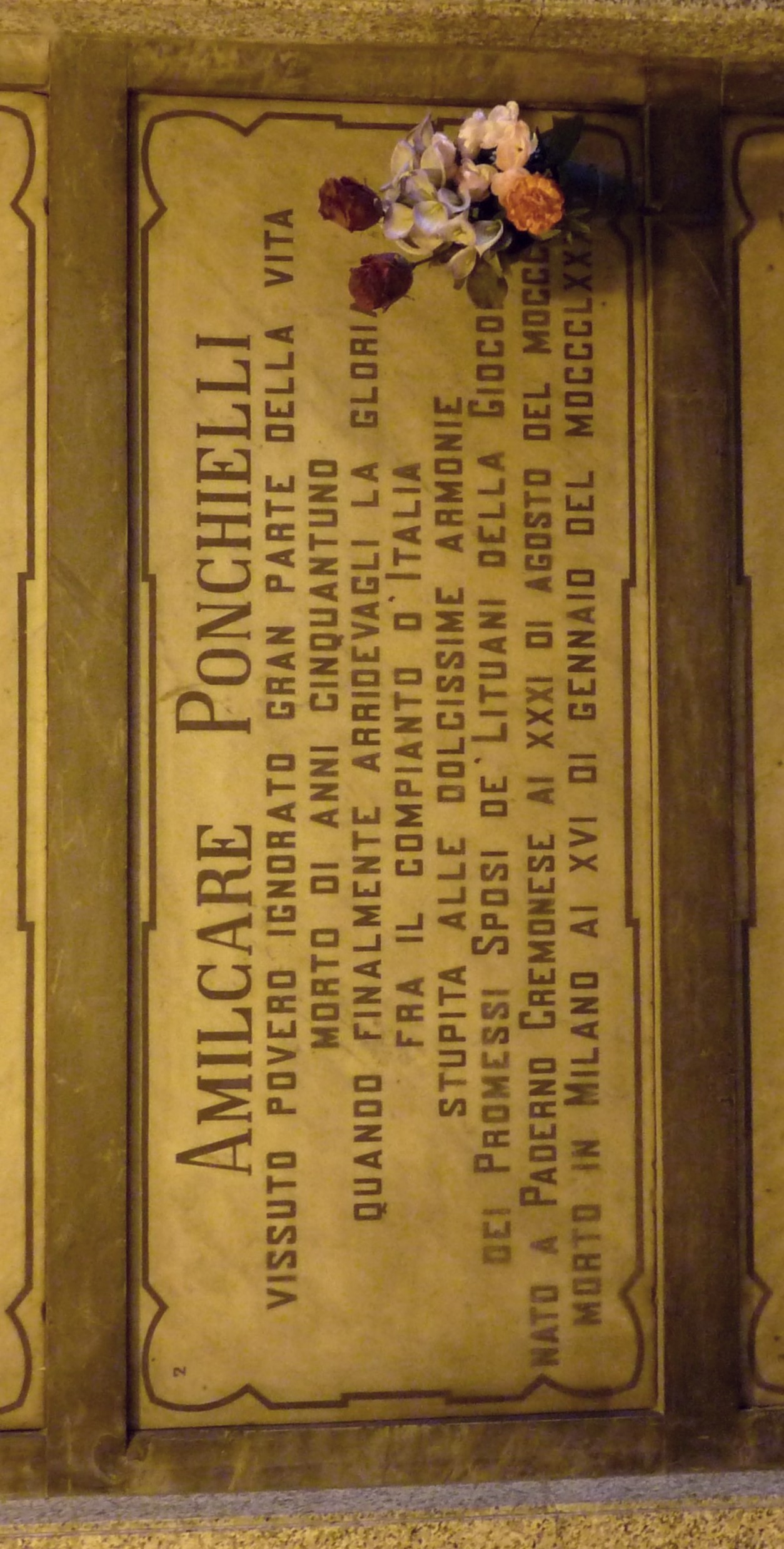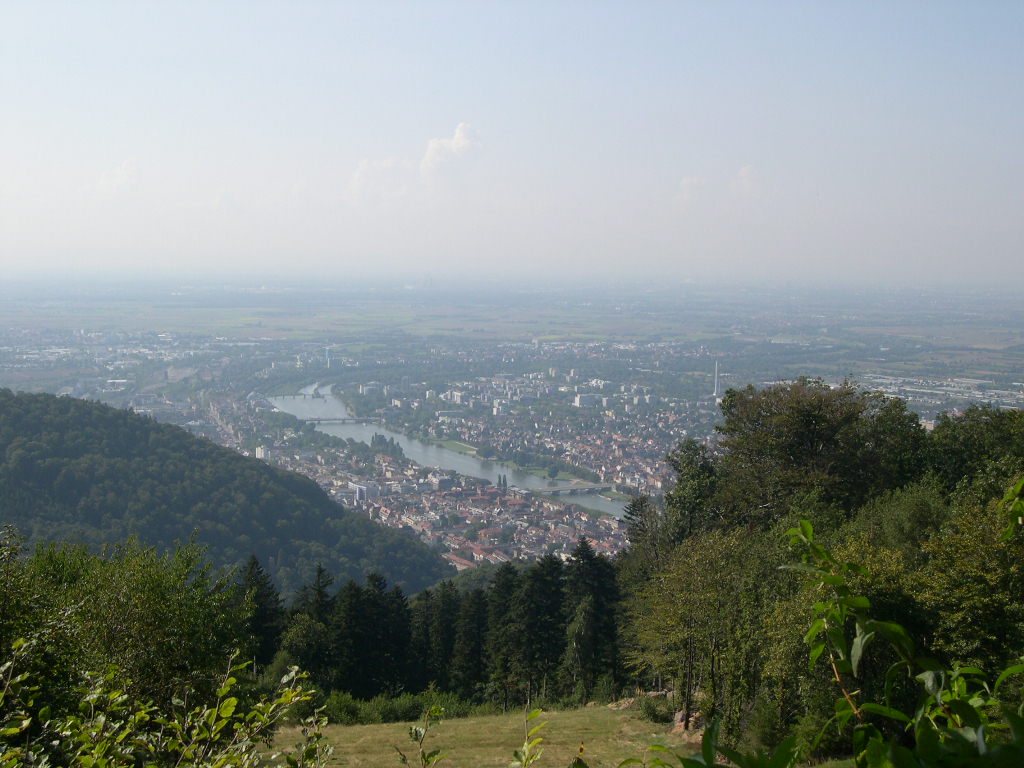|
467 Laura
Laura ( minor planet designation: 467 Laura) (1901 FY) is Main-belt asteroid discovered on 9 January 1901 by Max Wolf at Heidelberg. The semi-major axis of the orbit of 467 Laura lies just inside the 7/3 Kirkwood gap A Kirkwood gap is a gap or dip in the distribution of the semi-major axes (or equivalently of the orbital periods) of the orbits of main-belt asteroids. They correspond to the locations of orbital resonances with Jupiter. For example, there a ..., located at 2.95 AU. It's named after the character Laura from Amilcare Ponchielli's opera '' La Gioconda''. References External links * * 000467 Discoveries by Max Wolf Named minor planets 19010109 {{beltasteroid-stub ... [...More Info...] [...Related Items...] OR: [Wikipedia] [Google] [Baidu] |
Max Wolf
Maximilian Franz Joseph Cornelius Wolf (21 June 1863 – 3 October 1932) was a German astronomer and a pioneer in the field of astrophotography. He was the chairman of astronomy at the University of Heidelberg and director of the Heidelberg-Königstuhl State Observatory from 1902 until his death in 1932. Early life Max Wolf was born in Heidelberg, Germany on 21 June 1863, the son of medical doctor Franz Wolf. His father encouraged an interest in science and built an observatory for his son in the garden of the family home. It is from here that Wolf was credited with his first astronomical discovery, comet 14P/Wolf, in 1884. Life at the university Wolf attended his local university and, in 1888, at the age of 25, was awarded a Ph.D. by the University of Heidelberg. He spent one year of post-graduate study in Stockholm, the only significant time he would spend outside of Heidelberg in his life. He returned to the University of Heidelberg and accepted the position of ''pri ... [...More Info...] [...Related Items...] OR: [Wikipedia] [Google] [Baidu] |
Kirkwood Gap
A Kirkwood gap is a gap or dip in the distribution of the semi-major axes (or equivalently of the orbital periods) of the orbits of main-belt asteroids. They correspond to the locations of orbital resonances with Jupiter. For example, there are very few asteroids with semimajor axis near 2.50 AU, period 3.95 years, which would make three orbits for each orbit of Jupiter (hence, called the 3:1 orbital resonance). Other orbital resonances correspond to orbital periods whose lengths are simple fractions of Jupiter's. The weaker resonances lead only to a depletion of asteroids, while spikes in the histogram are often due to the presence of a prominent asteroid family ''(see List of asteroid families)''. The gaps were first noticed in 1866 by Daniel Kirkwood, who also correctly explained their origin in the orbital resonances with Jupiter while a professor at Jefferson College in Canonsburg, Pennsylvania. Most of the Kirkwood gaps are depleted, unlike the mean-motion resonances ( ... [...More Info...] [...Related Items...] OR: [Wikipedia] [Google] [Baidu] |
Discoveries By Max Wolf
Discoveries may refer to: Music * Discoveries (Cannonball Adderley album), ''Discoveries'' (Cannonball Adderley album), 1955 * Discoveries (Josh Nelson album), ''Discoveries'' (Josh Nelson album), 2011 * Discoveries (Northlane album), ''Discoveries'' (Northlane album), 2011 Other uses * Discoveries (film), ''Discoveries'' (film), a 1939 British film * Discoveries (horse), a racehorse * Discoveries (Robertson Davies), ''Discoveries'' (Robertson Davies), a 2002 book by Robertson Davies * Discoveries (TV series), ''Discoveries'' (TV series), a Canadian youth science television series which aired on CBC Television in 1957 * ''Abrams Discoveries'', a series of illustrated non-fiction books published by Harry N. Abrams * ''Discoveries'', a work by William Butler Yeats, written in 1907 * ''Discoveries'', a magazine published by Cedars-Sinai Medical Center See also * Age of Discoveries * Discovery (other) * Explorations (other) {{disambiguation ... [...More Info...] [...Related Items...] OR: [Wikipedia] [Google] [Baidu] |
Background Asteroids
Background may refer to: Performing arts and stagecraft * Background actor * Background artist * Background light * Background music * Background story * Background vocals * ''Background'' (play), a 1950 play by Warren Chetham-Strode Recorded works * ''Background'' (1953 film), a British drama * ''Background'' (1973 film), a documentary * ''Background'' (TV series), a Canadian journalistic television series * ''Background'' (Lifetime album), 1992 * ''Background'' (Bassi Maestro album), 2002 Science and engineering * Background extinction rate * Background independence, a condition in theoretical physics * Background noise * Background radiation, the natural radiation that is always present in a location ** Background (astronomy), small amounts of light coming from otherwise dark parts of the sky ** Cosmic background (other) ** Gravitational wave background ** X-ray background * Background process, software that is running but not being displayed * String b ... [...More Info...] [...Related Items...] OR: [Wikipedia] [Google] [Baidu] |
Kirkwood Gaps
A Kirkwood gap is a gap or dip in the distribution of the semi-major axis, semi-major axes (or equivalently of the orbital periods) of the orbits of asteroid belt, main-belt asteroids. They correspond to the locations of orbital resonances with Jupiter. For example, there are very few asteroids with semimajor axis near 2.50 Astronomical unit, AU, period 3.95 years, which would make three orbits for each orbit of Jupiter (hence, called the 3:1 orbital resonance). Other orbital resonances correspond to orbital periods whose lengths are simple fractions of Jupiter's. The weaker resonances lead only to a depletion of asteroids, while spikes in the histogram are often due to the presence of a prominent asteroid family ''(see List of asteroid families)''. The gaps were first noticed in 1866 by Daniel Kirkwood, who also correctly explained their origin in the orbital resonances with Jupiter while a professor at Washington & Jefferson College, Jefferson College in Canonsburg, Pennsylvan ... [...More Info...] [...Related Items...] OR: [Wikipedia] [Google] [Baidu] |
La Gioconda (opera)
''La Gioconda'' is an opera in four acts by Amilcare Ponchielli set to an Italian libretto by Arrigo Boito (as Tobia Gorrio), based on '' Angelo, Tyrant of Padua'', a 1835 play in prose by Victor Hugo (the same source Gaetano Rossi had used for his libretto for Mercadante's '' Il giuramento'' in 1837). First performed in 1876, ''La Gioconda'' was a major success for Ponchielli, as well as the most successful new Italian opera between Verdi's ''Aida'' (1871) and ''Otello'' (1887). It is also a famous example of the Italian genre of ''Grande opera'', the equivalent of French '' Grand-Opéra''. Ponchielli revised the work twice; the third and final version (that is used to this day) was first performed in 1880. There are several complete recordings of the opera, and it is regularly performed, especially in Italy. It is one of only a few operas that features a principal role for each of the six major voice types. The opera also includes the famous ballet ''Dance of the Hours'', oft ... [...More Info...] [...Related Items...] OR: [Wikipedia] [Google] [Baidu] |
Amilcare Ponchielli
Amilcare Ponchielli (, ; 31 August 1834 – 16 January 1886) was an Italian opera composer, best known for his opera ''La Gioconda''. He was married to the soprano Teresina Brambilla. Life and work Born in Paderno Fasolaro (now Paderno Ponchielli) near Cremona, then Kingdom of Lombardy–Venetia, Ponchielli won a scholarship at the age of nine to study music at the Milan Conservatory, writing his first symphony by the time he was ten years old. In 1856 he wrote his first opera—it was based on Alessandro Manzoni's great novel '' The Betrothed'' (''I promessi sposi'')—and it was as an opera composer that he eventually found fame. His early career was disappointing. Maneuvered out of a professorship at the Milan Conservatory that he had won in a competition, he took small-time jobs in small cities, and composed several operas, none successful at first. In spite of his disappointment, he gained much experience as the bandmaster (''capobanda'') in Piacenza and Cremona, arrangin ... [...More Info...] [...Related Items...] OR: [Wikipedia] [Google] [Baidu] |
Astronomical Unit
The astronomical unit (symbol: au, or or AU) is a unit of length, roughly the distance from Earth to the Sun and approximately equal to or 8.3 light-minutes. The actual distance from Earth to the Sun varies by about 3% as Earth orbits the Sun, from a maximum (aphelion) to a minimum (perihelion) and back again once each year. The astronomical unit was originally conceived as the average of Earth's aphelion and perihelion; however, since 2012 it has been defined as exactly (see below for several conversions). The astronomical unit is used primarily for measuring distances within the Solar System or around other stars. It is also a fundamental component in the definition of another unit of astronomical length, the parsec. History of symbol usage A variety of unit symbols and abbreviations have been in use for the astronomical unit. In a 1976 resolution, the International Astronomical Union (IAU) had used the symbol ''A'' to denote a length equal to the astronomical ... [...More Info...] [...Related Items...] OR: [Wikipedia] [Google] [Baidu] |
Heidelberg
Heidelberg (; Palatine German language, Palatine German: ''Heidlberg'') is a city in the States of Germany, German state of Baden-Württemberg, situated on the river Neckar in south-west Germany. As of the 2016 census, its population was 159,914, of which roughly a quarter consisted of students. Located about south of Frankfurt, Heidelberg is the List of cities in Baden-Württemberg by population, fifth-largest city in Baden-Württemberg. Heidelberg is part of the densely populated Rhine-Neckar, Rhine-Neckar Metropolitan Region. Heidelberg University, founded in 1386, is Germany's oldest and one of Europe's most reputable universities. Heidelberg is a Science, scientific hub in Germany and home to several internationally renowned #Research, research facilities adjacent to its university, including the European Molecular Biology Laboratory and four Max Planck Society, Max Planck Institutes. The city has also been a hub for the arts, especially literature, throughout the centurie ... [...More Info...] [...Related Items...] OR: [Wikipedia] [Google] [Baidu] |
Heidelberg Observatory
Heidelberg (; Palatine German: '''') is a city in the German state of Baden-Württemberg, situated on the river Neckar in south-west Germany. As of the 2016 census, its population was 159,914, of which roughly a quarter consisted of students. Located about south of Frankfurt, Heidelberg is the fifth-largest city in Baden-Württemberg. Heidelberg is part of the densely populated Rhine-Neckar Metropolitan Region. Heidelberg University, founded in 1386, is Germany's oldest and one of Europe's most reputable universities. Heidelberg is a scientific hub in Germany and home to several internationally renowned research facilities adjacent to its university, including the European Molecular Biology Laboratory and four Max Planck Institutes. The city has also been a hub for the arts, especially literature, throughout the centuries, and it was designated a "City of Literature" by the UNESCO Creative Cities Network. Heidelberg was a seat of government of the former Electorate of the ... [...More Info...] [...Related Items...] OR: [Wikipedia] [Google] [Baidu] |
Main-belt Asteroid
The asteroid belt is a torus-shaped region in the Solar System, located roughly between the orbits of the planets Jupiter and Mars. It contains a great many solid, irregularly shaped bodies, of many sizes, but much smaller than planets, called asteroids or minor planets. This asteroid belt is also called the main asteroid belt or main belt to distinguish it from other asteroid populations in the Solar System such as near-Earth asteroids and trojan asteroids. The asteroid belt is the smallest and innermost known circumstellar disc in the Solar System. About 60% of its mass is contained in the four largest asteroids: Ceres, Vesta, Pallas, and Hygiea. The total mass of the asteroid belt is calculated to be 3% that of the Moon. Ceres, the only object in the asteroid belt large enough to be a dwarf planet, is about 950 km in diameter, whereas Vesta, Pallas, and Hygiea have mean diameters less than 600 km. The remaining bodies range down to the size of a dust particle. ... [...More Info...] [...Related Items...] OR: [Wikipedia] [Google] [Baidu] |





